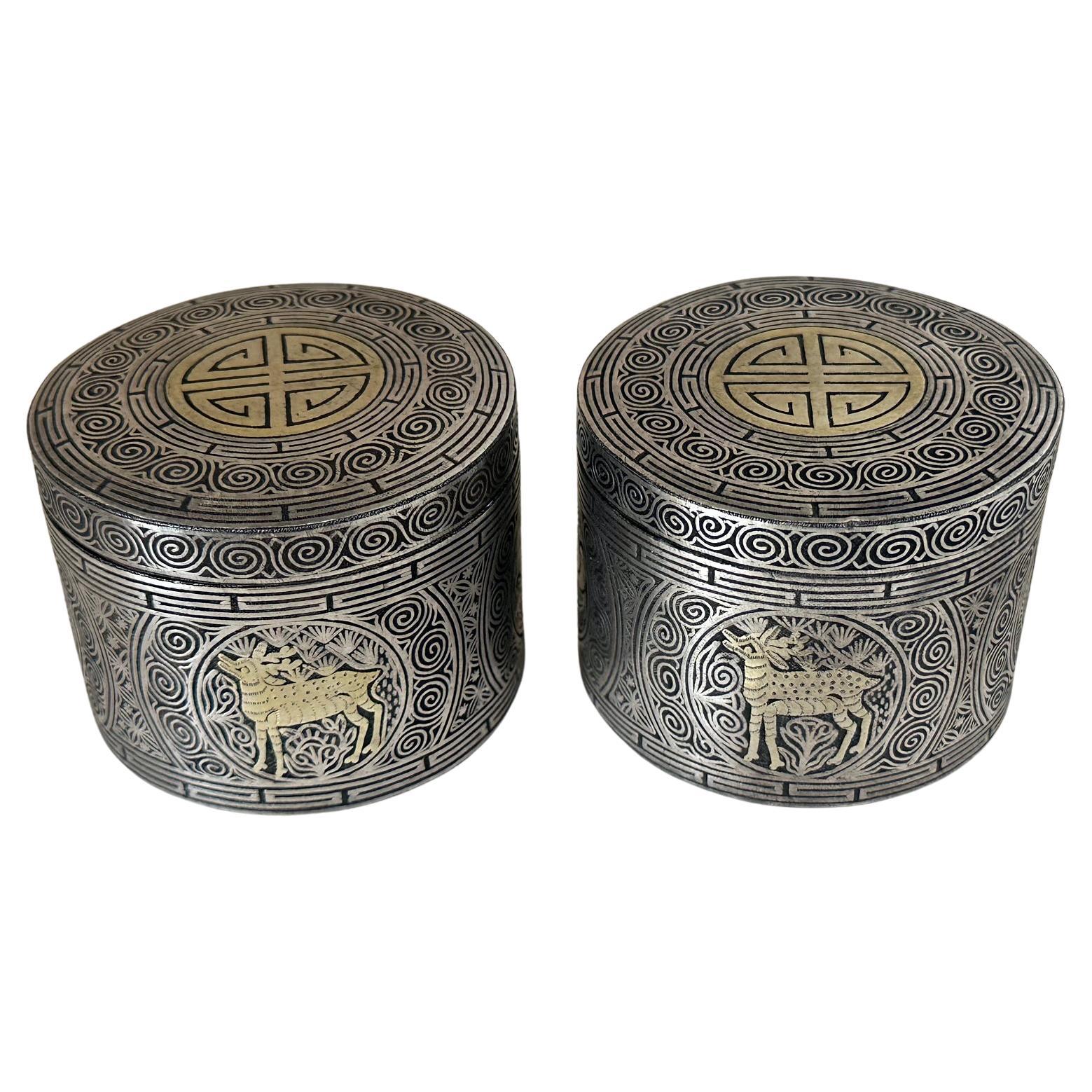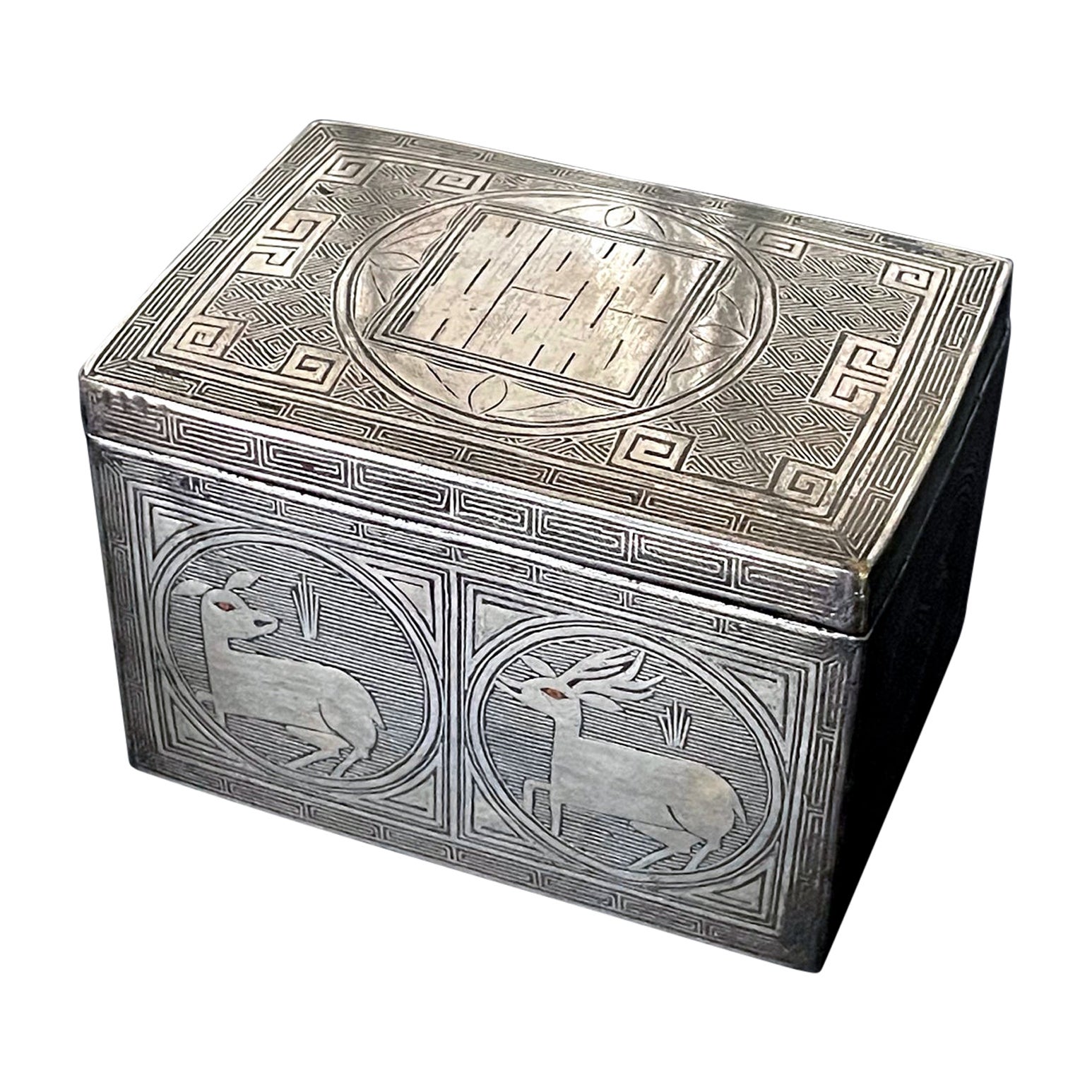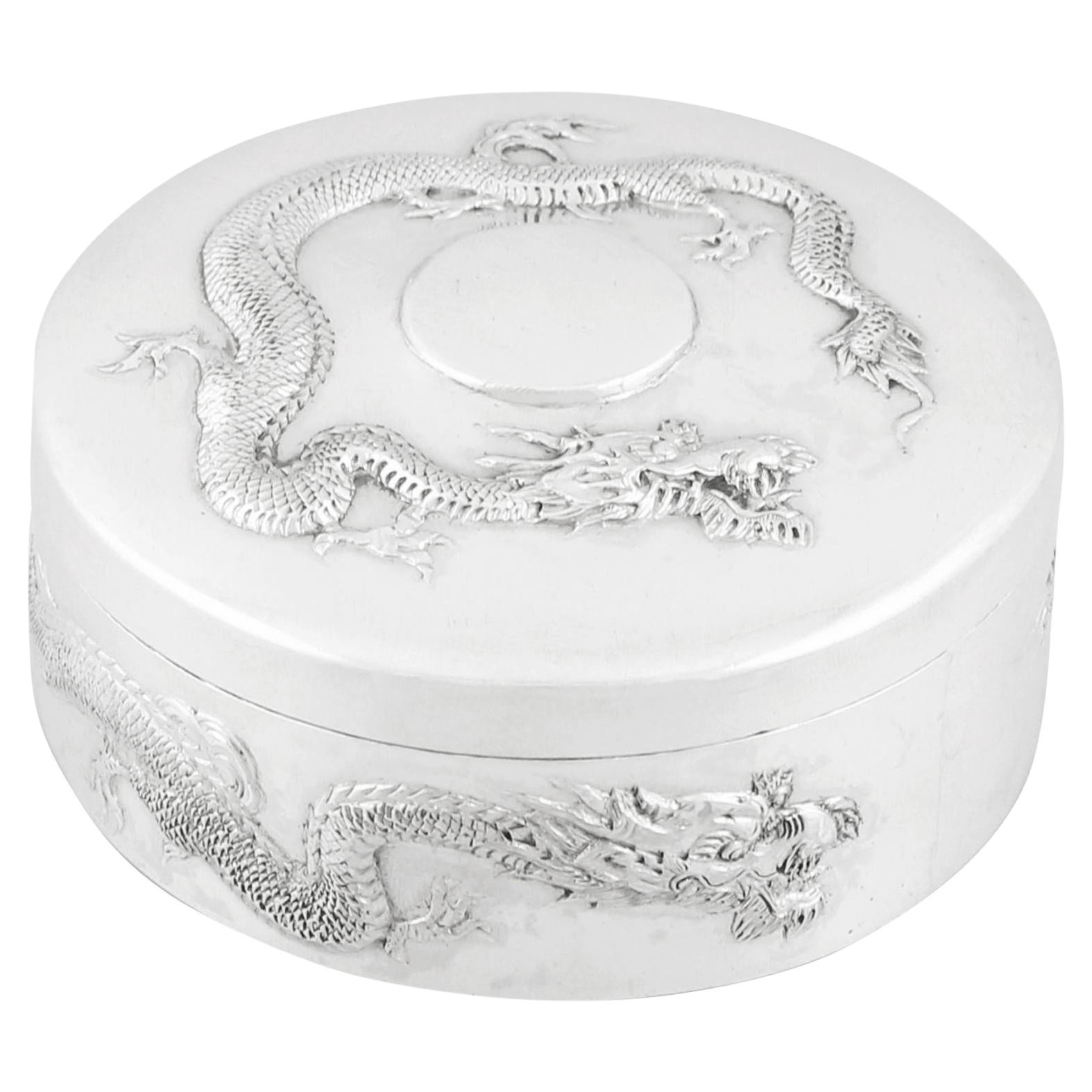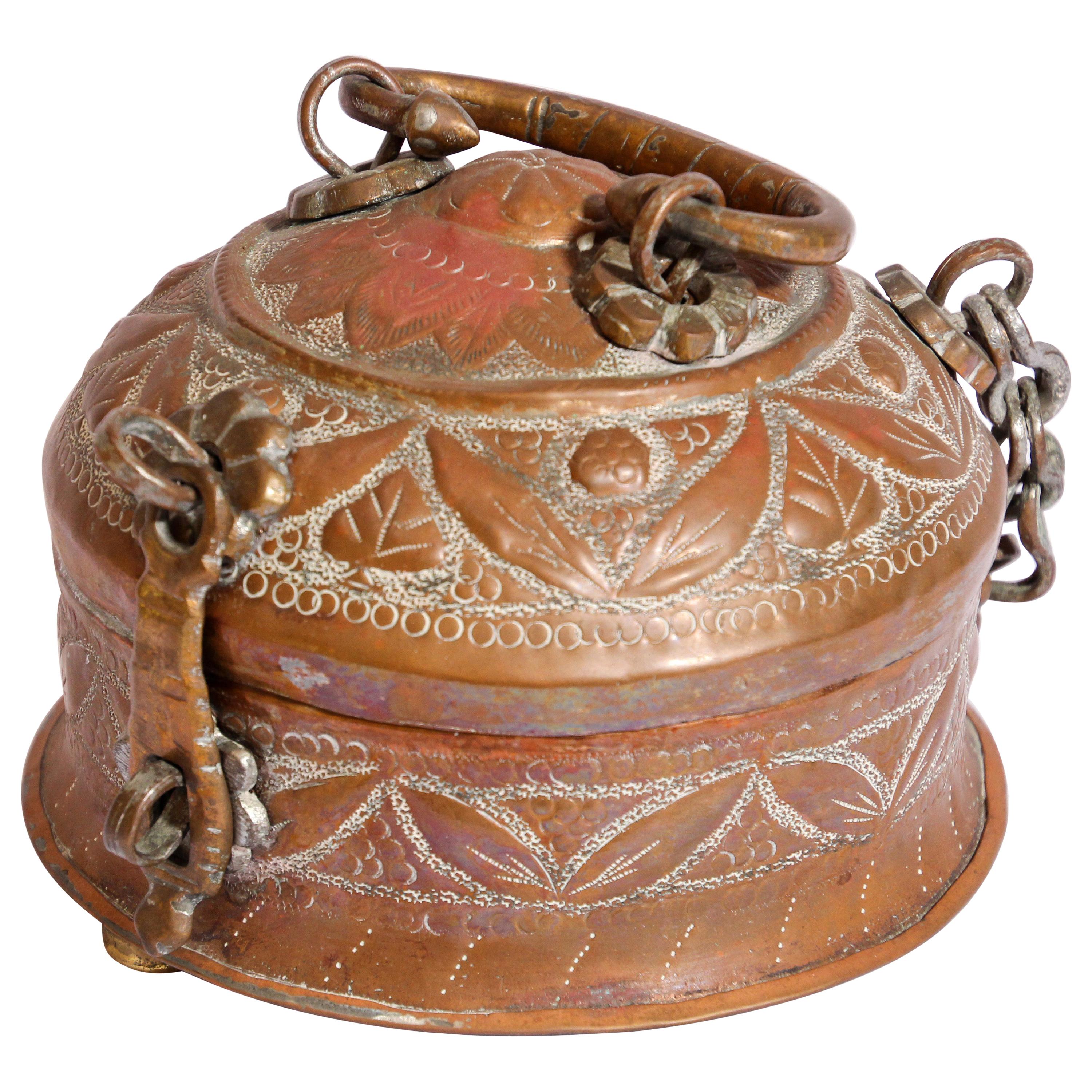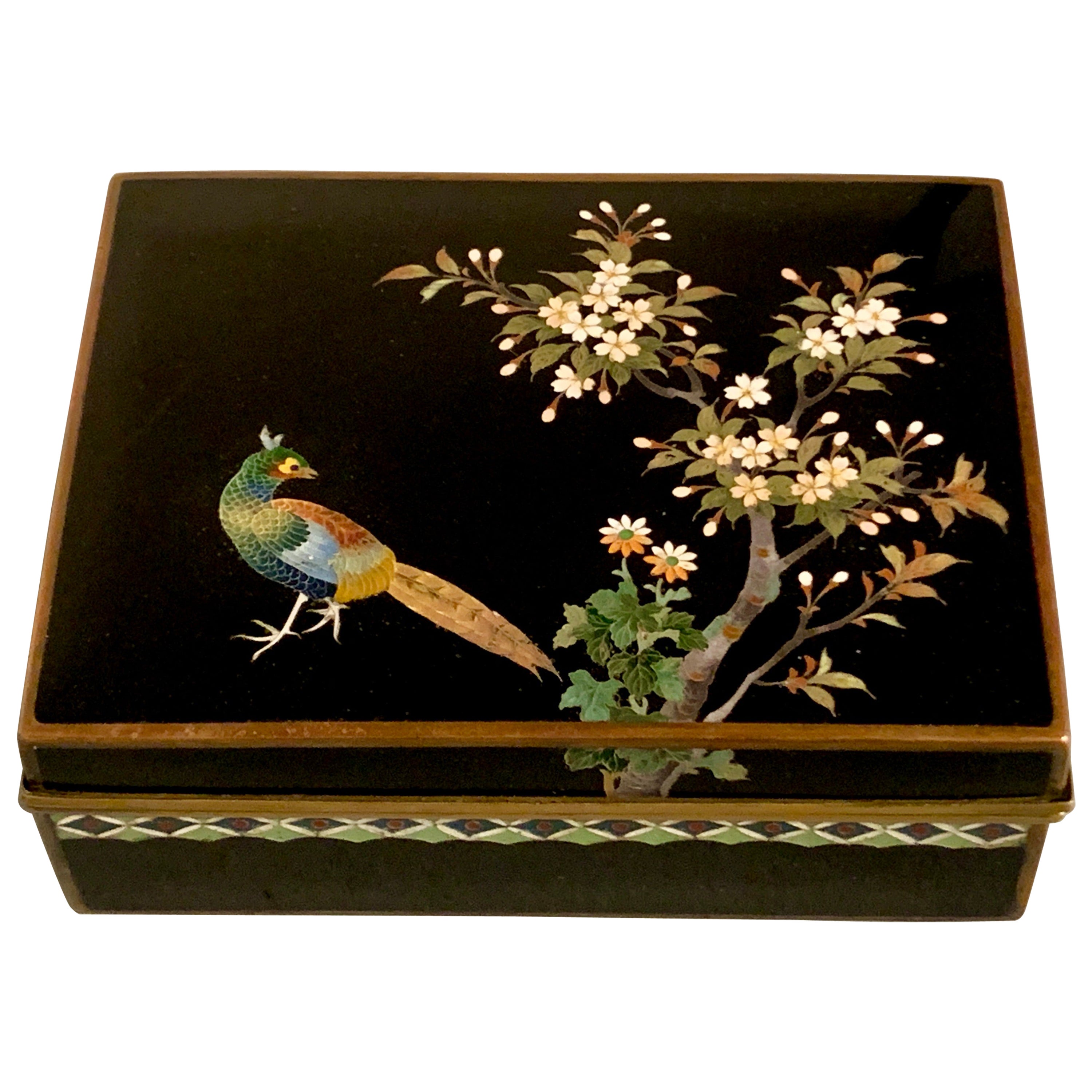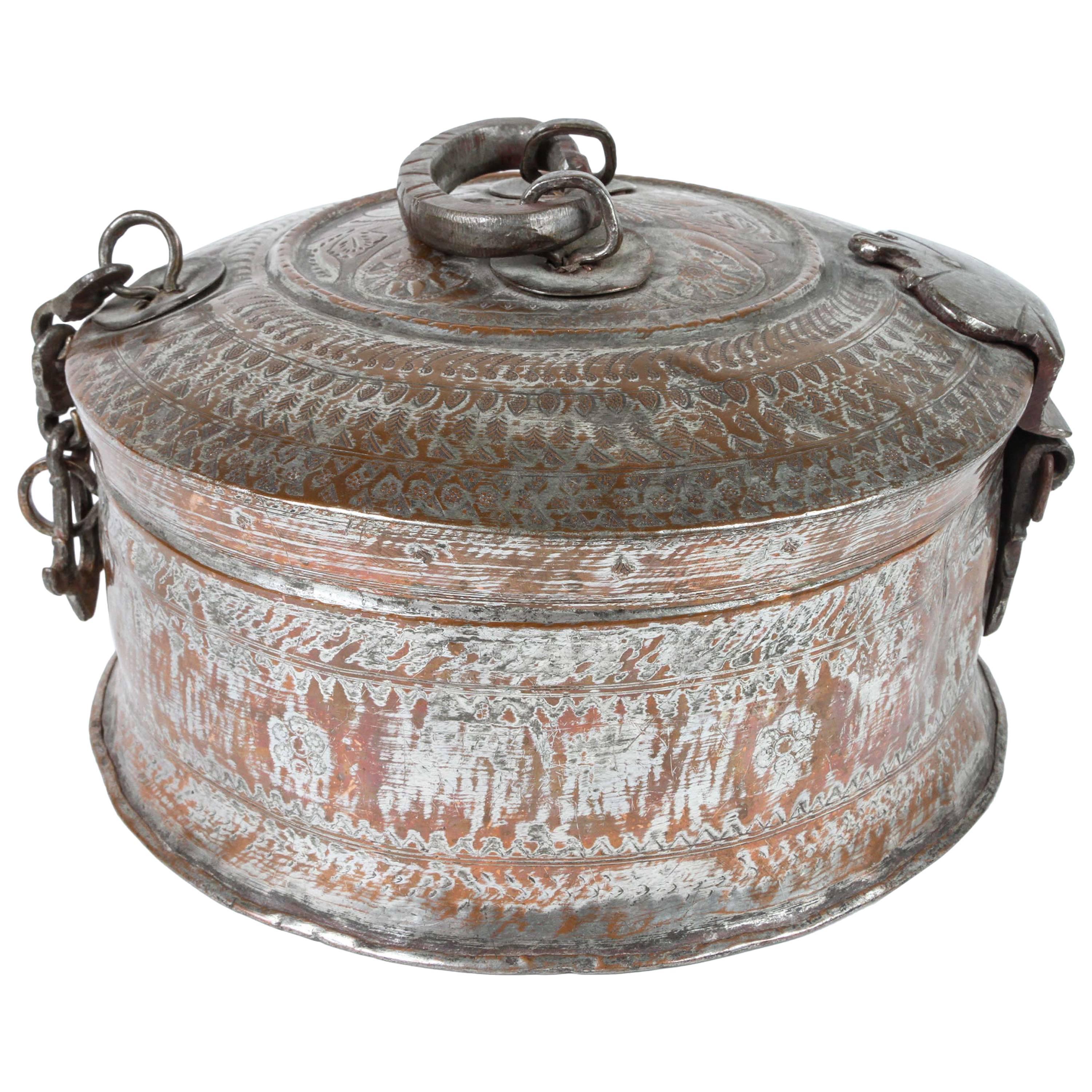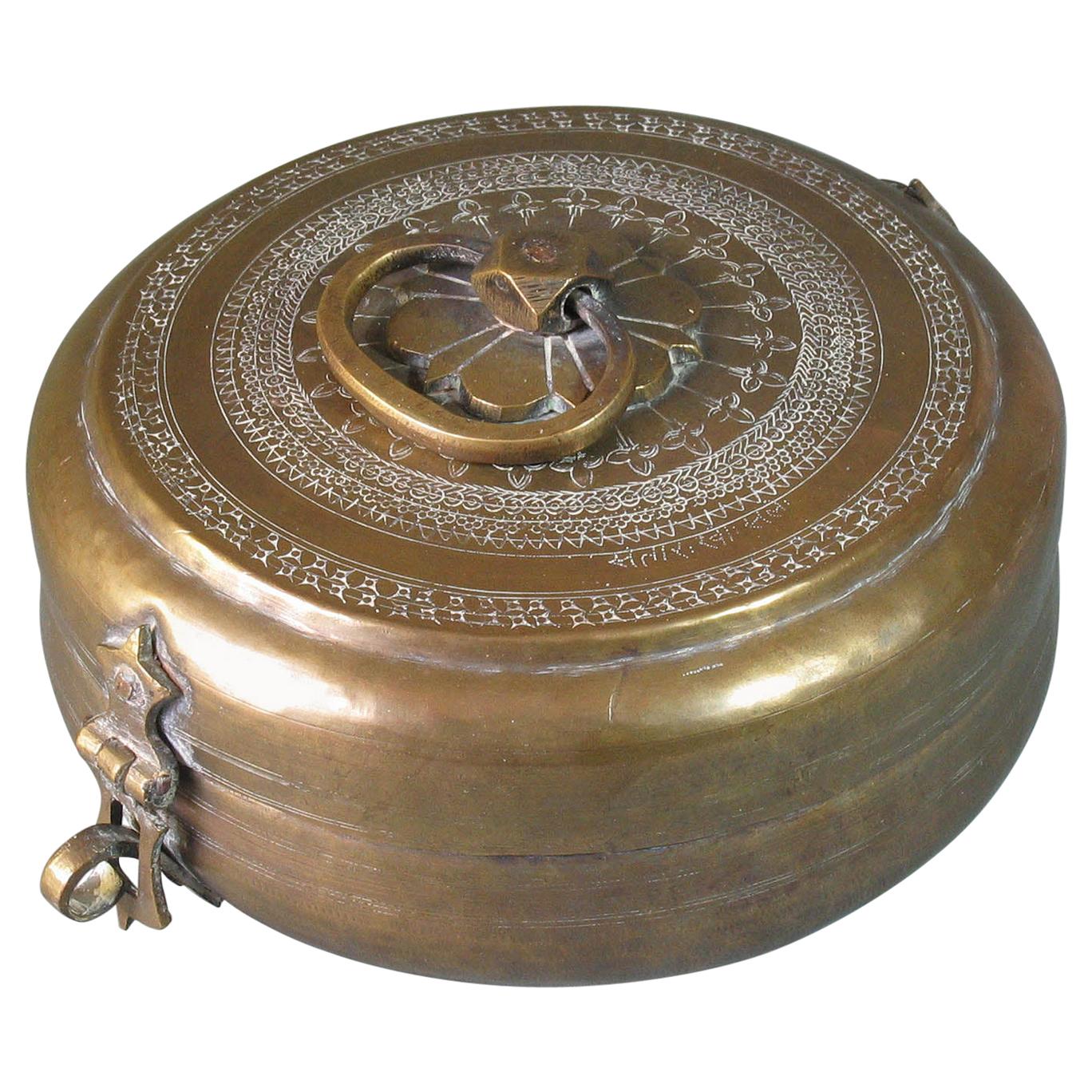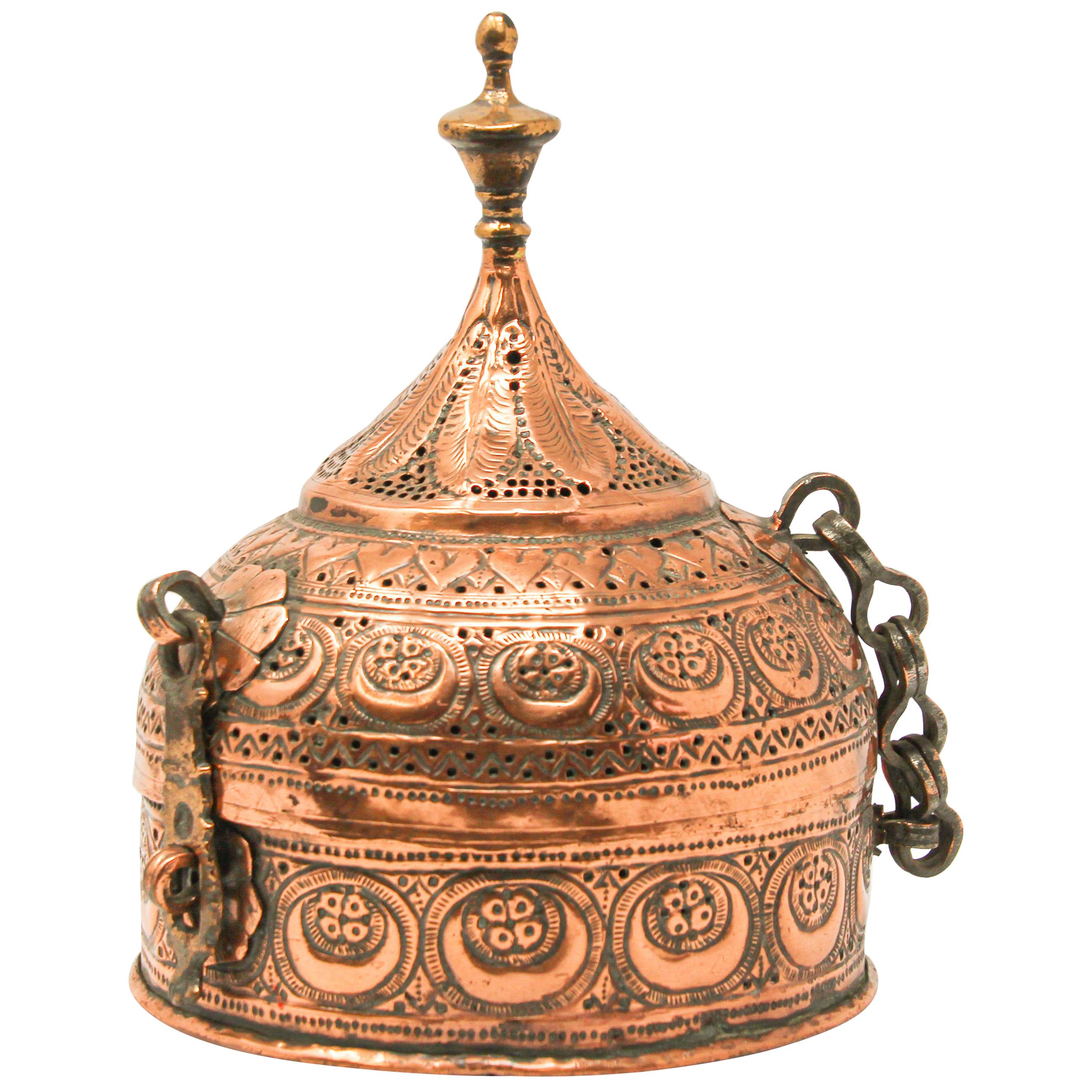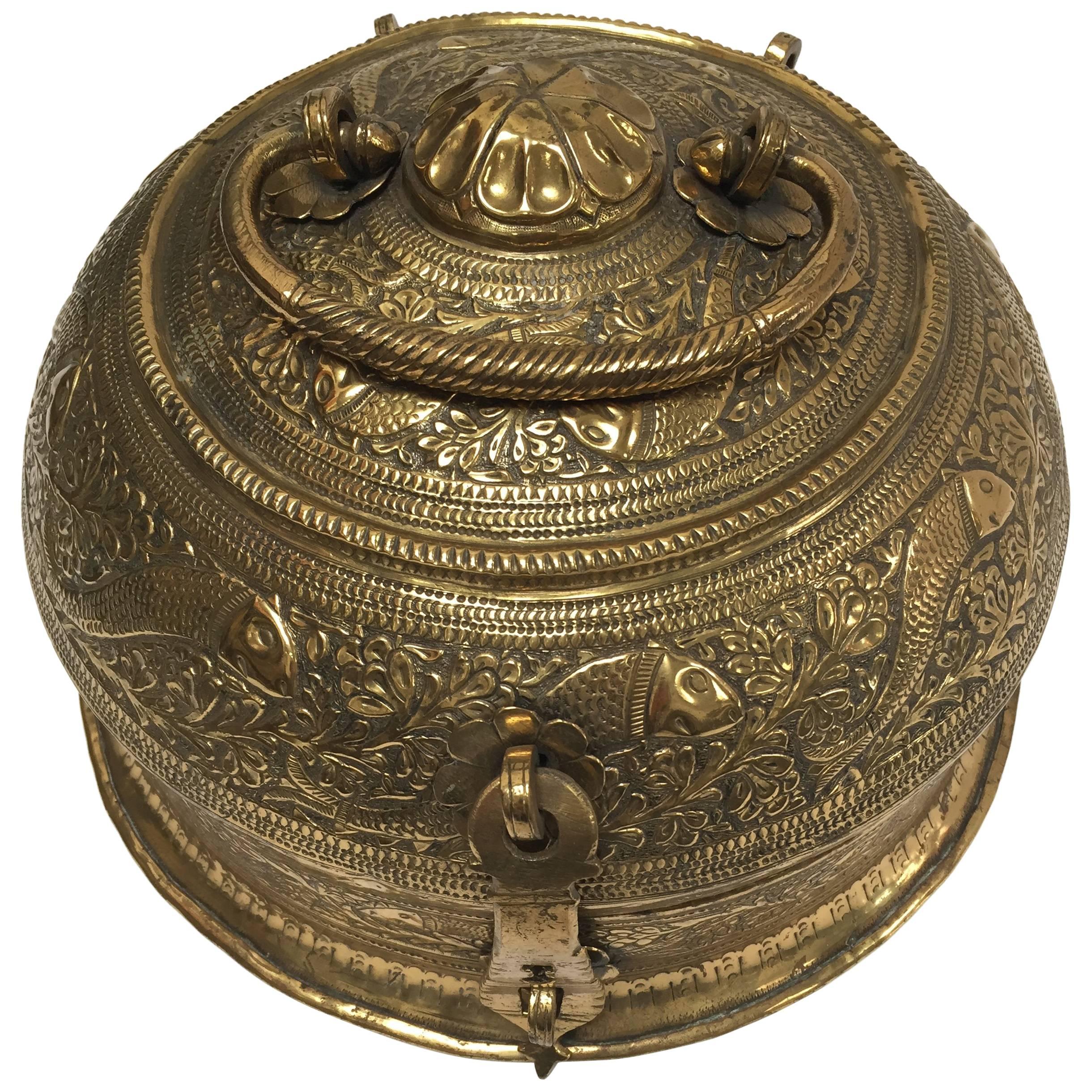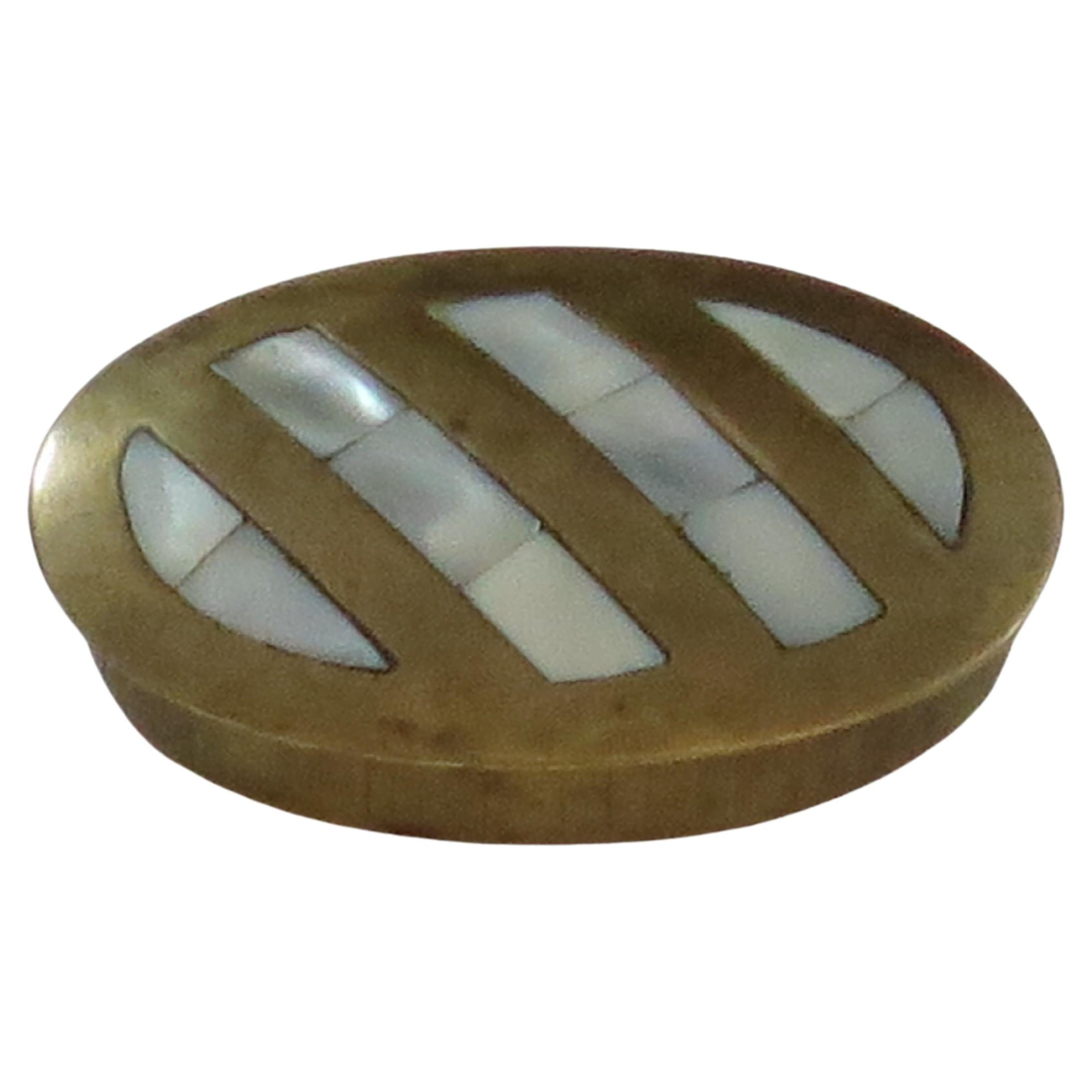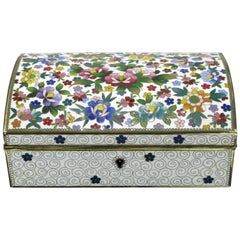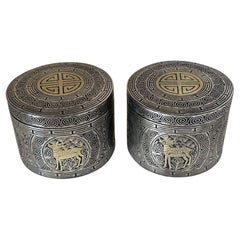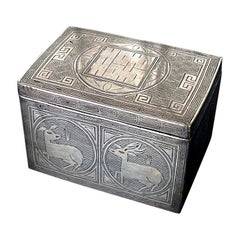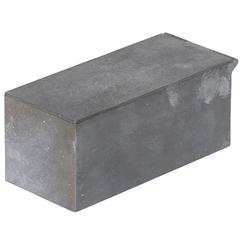
Medium Iron Jewelry Box by P4H (Parts of Four Home)
View Similar Items
1 of 3
Medium Iron Jewelry Box by P4H (Parts of Four Home)
About the Item
- Dimensions:Height: 3 in (7.62 cm)Width: 3 in (7.62 cm)Depth: 7 in (17.78 cm)
- Style:Brutalist (In the Style Of)
- Materials and Techniques:Iron,Patinated
- Place of Origin:
- Period:
- Date of Manufacture:2015
- Production Type:New & Custom(Current Production)
- Estimated Production Time:Available Now
- Condition:
- Seller Location:Chicago, IL
- Reference Number:1stDibs: LU125323269182
You May Also Like
- Japanese Cloisonné Jewelry Presentation Box Japan Racing AssociationLocated in New York, NYVery rare Japanese cloisonné jewelry box, circa 1960s. Rich floral design top on white enamel background. Garnet velvet interior , with tray. B...Category
20th Century Japanese Anglo-Japanese Jewelry Boxes
MaterialsBronze
$2,240 Sale Price20% Off - Pair Korean Iron Box with Silver Inlays Joseon DynastyLocated in Atlanta, GAA fine pair of Korean iron box with intricate silver inlays dated to the late Joseon Dynasty circa 19th century. The matching circular boxes was most likely used to store tobacco lea...Category
Antique 19th Century Korean Other Metalwork
MaterialsSilver, Iron, Bronze
- Fine Korean Iron Tobacco Box with Silver Inlay Joseon DynastyLocated in Atlanta, GAA fine Korean iron box used to store tobacco leaves dated to the late Joseon Dynasty circa 19th century. The box is made from iron and has a heavy weight, although the wears along the edges of the lid and base exposes a bronze metal color underneath, indicating the iron metal may contains a high level of copper. The surface was beautifully decorated with elaborate silver inlay that covers the entire surface except the base. The extraordinary workmanship depicts a pair of deer within the circled square (shape of heaven and earth) and a lined background on the long sides and a crane with spread wings on the shorter sides. Both animals were associated with longevity. Their eyes were highlighted with copper inlay, adding a lively touch to the animation. The lid is centered with a Chinese character "Xi" (Paired-Hui in Korean), which means double happiness. (In Chinese culture, it is often used in a wedding ceremony). The large symbol was set on geometrical background of tightly scrolling diamond pattern surrounded by stylized Ruyi mushroom heads, another floral longevity symbol. Archaic fret cloud band borders the entire perimeters of the lid and the container. Tobacco was introduced to Korean in the first half of the 17th century and gradually gained popularity. When the tobacco was started being smoked in shredded form instead of rolled leaves, there rose the production of the smoking accessories, with some in fine quality as luxury items for the elite. The accoutrement such as this box is a fine example made in late Joseon dynasty, using extensive silver inlay, a technique called "jjoeum-ipsa", in which the silver wires were hammered into the scorched iron surface to create the elaborate design. Similar boxes with variation of shape and motifs are in the collection of several major museums. Compare the box with item Gu 754 in the National Museum of Korea; item 22.78 in MET NYC and M.240:1, 2-1926 in V& A Museum in London. The most closely related example we found is item C232 in the collection of the Museum of East Asian Art...Category
Antique 19th Century Korean Other Metalwork
MaterialsSilver, Copper, Iron
- Antique Chinese Export Silver Box by Wang HingBy Wang Hing & Co.Located in Jesmond, Newcastle Upon TyneAn exceptional, fine and impressive antique Chinese export silver dragon box; an addition to our collection of boxes and cases This fine antique C...Category
Antique 19th Century Chinese Chinese Export Decorative Boxes
MaterialsSilver
- Rajasthani Decorative Brass Lidded Betel Caddy BoxLocated in North Hollywood, CAHandcrafted decorative round brass Indian lidded betel box with latch and a top handle. Delicately and intricately hand-chased with geometric designs. Used as a tea caddy with tea bo...Category
Antique Late 19th Century Indian Agra Metalwork
MaterialsBrass, Copper
- Japanese Cloisonne Box by Inaba, Meiji Period, circa 1900, JapanBy Inaba Cloisonne Co.Located in Austin, TXA fine Japanese cloisonne hinged box with pheasant and autumn foliage, by Inaba Nanaho and the Inaba Cloisonne Company, Meiji period, circa 1900, ...Category
Antique Early 1900s Japanese Meiji Metalwork
MaterialsCopper, Enamel, Metal

